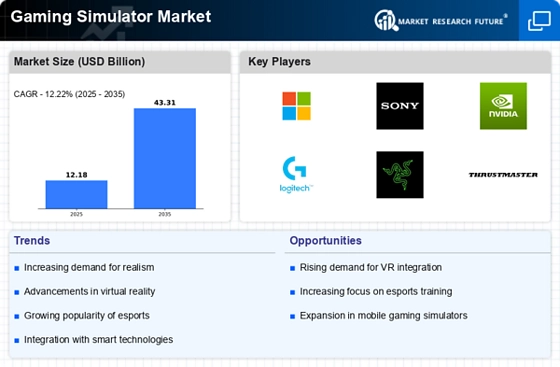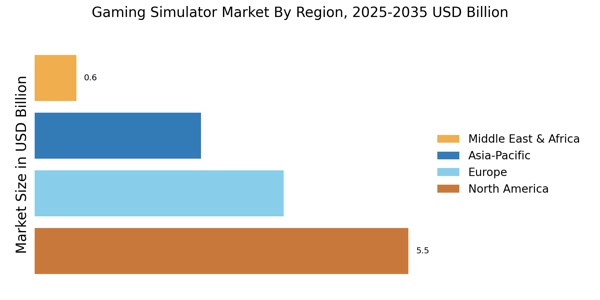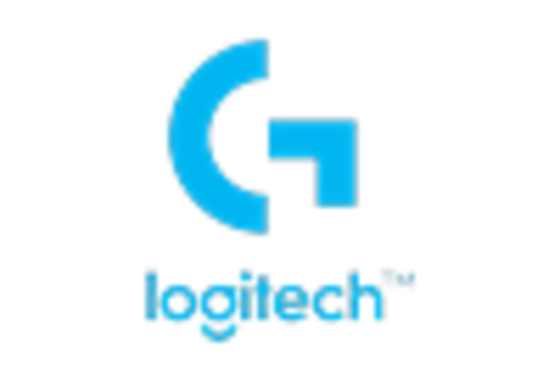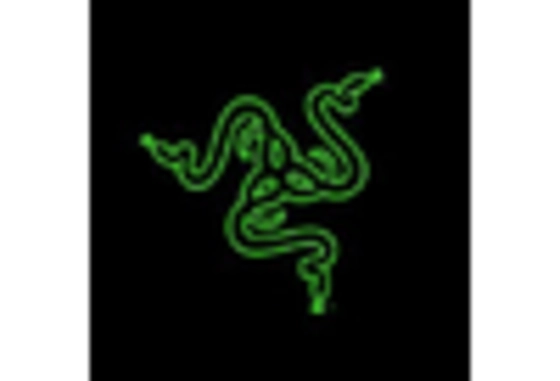Expansion of the Gaming Community
The Gaming Simulator Market is benefiting from the expansion of the gaming community, which has seen a notable increase in participants across various demographics. The rise of online platforms and social media has facilitated connections among gamers, fostering a sense of community. Recent statistics indicate that millions of new players are joining gaming platforms annually, contributing to a larger audience for gaming simulators. This growing community is not only driving sales but also encouraging developers to create more diverse and inclusive gaming experiences. As the demographic landscape shifts, with more women and older adults engaging in gaming, the Gaming Simulator Market is likely to adapt its offerings to cater to these varied interests, potentially leading to innovative product developments.
Integration of Advanced Technologies
The Gaming Simulator Market is increasingly characterized by the integration of advanced technologies such as artificial intelligence and machine learning. These technologies enhance gameplay by providing adaptive learning experiences and personalized content. For instance, AI can analyze player behavior and adjust difficulty levels in real-time, creating a tailored gaming experience. This integration is expected to attract a broader audience, as players seek more engaging and challenging simulations. Furthermore, the incorporation of cloud gaming services allows for seamless access to high-quality gaming simulators without the need for expensive hardware. As these technologies continue to evolve, the Gaming Simulator Market is poised for significant growth, with companies investing heavily in research and development to stay competitive.
Rise of Competitive Gaming and Esports
The Gaming Simulator Market is significantly influenced by the rise of competitive gaming and esports, which have transformed gaming into a spectator sport. Major tournaments and leagues attract millions of viewers, creating a lucrative market for gaming simulators that cater to competitive players. The increasing popularity of esports has led to a demand for high-performance gaming equipment, including simulators that offer precision and realism. Recent reports suggest that the esports market is expected to reach impressive revenue figures, further validating the potential for growth within the Gaming Simulator Market. As more players aspire to compete at professional levels, the demand for specialized gaming simulators is likely to increase, prompting manufacturers to innovate and enhance their product offerings.
Growing Interest in Simulation Training
The Gaming Simulator Market is experiencing growth due to the increasing interest in simulation training across various sectors, including aviation, military, and healthcare. These industries utilize gaming simulators for training purposes, as they provide a safe and controlled environment for skill development. The demand for realistic training simulations is on the rise, with organizations recognizing the benefits of immersive learning experiences. Recent data indicates that the market for simulation training is expanding, which could positively impact the Gaming Simulator Market. As more industries adopt simulation technologies, the potential for cross-industry applications may emerge, leading to innovative developments in gaming simulators that cater to both entertainment and professional training needs.
Increased Demand for Immersive Experiences
The Gaming Simulator Market is witnessing a surge in demand for immersive experiences, driven by advancements in virtual reality and augmented reality technologies. Consumers are increasingly seeking realistic simulations that enhance their gaming experience. According to recent data, the market for virtual reality gaming is projected to reach substantial figures, indicating a robust growth trajectory. This trend is likely to propel the Gaming Simulator Market as developers strive to create more engaging and lifelike environments. The integration of haptic feedback and motion tracking further enriches user interaction, making gaming simulations more appealing. As players become more discerning, the expectation for high-quality graphics and realistic gameplay intensifies, suggesting that companies must innovate continuously to meet these evolving demands.


















Leave a Comment